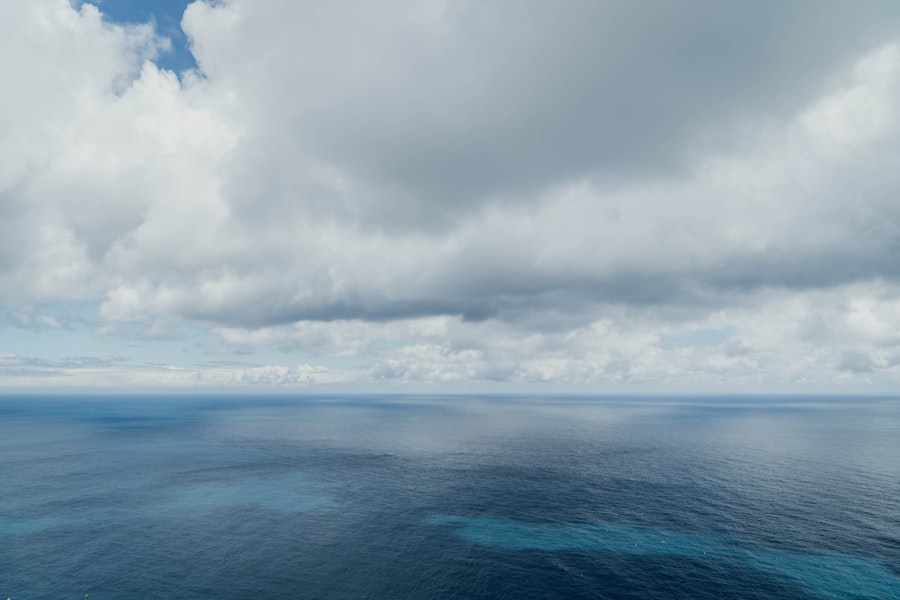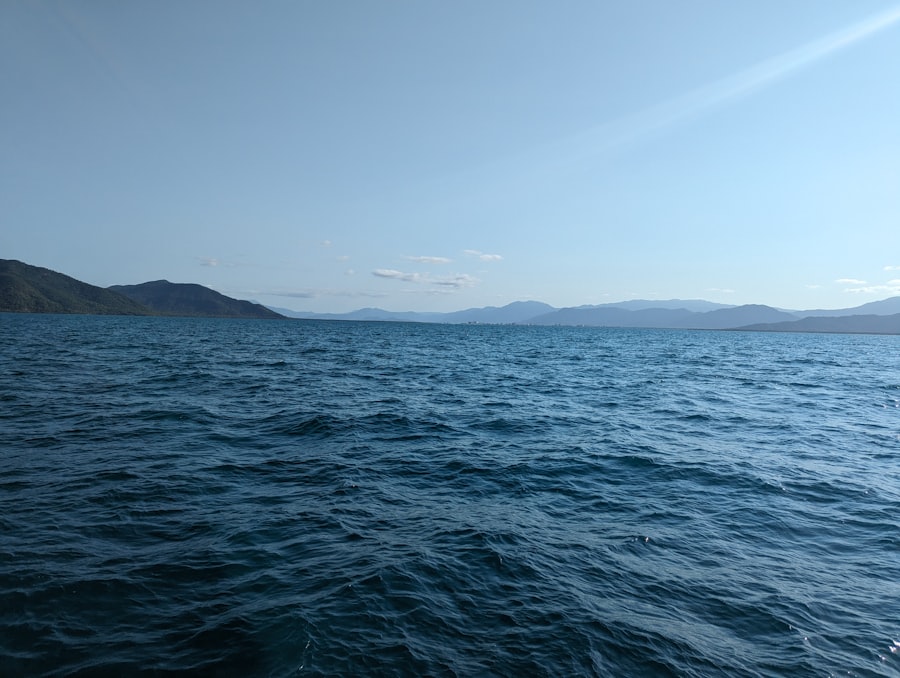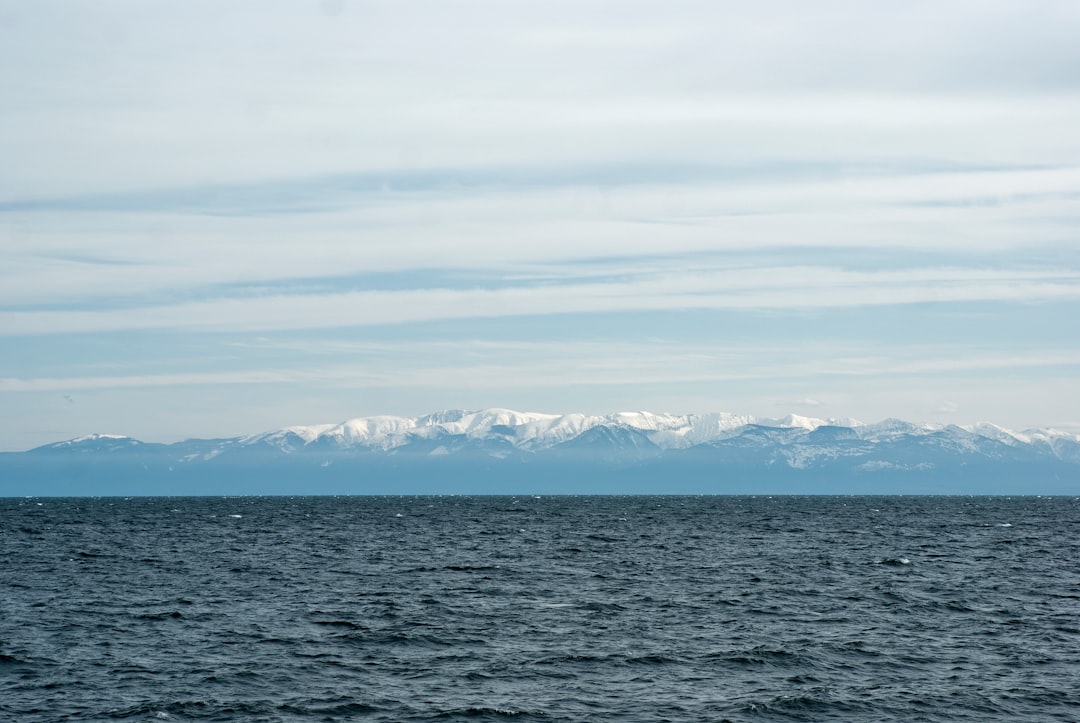The Drake Passage, a body of water that separates South America from Antarctica, is renowned for its tumultuous seas and breathtaking vistas. Stretching approximately 600 kilometers (370 miles) between Cape Horn and the Antarctic Peninsula, this passage is not only a crucial maritime route but also a significant ecological and geological zone. It serves as a gateway for adventurers and researchers alike, drawing those who seek to explore the remote wilderness of Antarctica.
The passage is often characterized by its unpredictable weather and challenging navigation, making it both a formidable obstacle and a thrilling experience for seafarers. The historical significance of the Drake Passage cannot be overstated. It has long been a point of interest for explorers, scientists, and tourists.
The waters are steeped in tales of maritime adventure, with many famous explorers having braved its waves in pursuit of discovery. Today, the Drake Passage continues to captivate the imagination of those who venture into its depths, offering a unique blend of natural beauty and scientific intrigue.
Key Takeaways
- The Drake Passage is a body of water between South America’s Cape Horn and the South Shetland Islands of Antarctica, known for its challenging sailing conditions.
- The wildlife of the Drake Passage includes a variety of seabirds, whales, and seals, making it a popular destination for wildlife enthusiasts and photographers.
- The history of the Drake Passage is rich with exploration and discovery, as it has been a key route for explorers and scientists for centuries.
- The climate and weather of the Drake Passage are characterized by strong winds, rough seas, and rapidly changing conditions, making it one of the most challenging maritime environments in the world.
- The geology of the Drake Passage is shaped by tectonic activity and the movement of the Earth’s crust, creating a unique and dynamic landscape.
The Wildlife of the Drake Passage
The Drake Passage is teeming with diverse marine life, making it a vital habitat for numerous species. The nutrient-rich waters support an array of organisms, from microscopic plankton to majestic whales. Among the most notable inhabitants are the various species of seals, penguins, and seabirds that thrive in this frigid environment.
The passage is particularly famous for its large populations of albatrosses, which can often be seen gliding gracefully above the waves, their wings spanning up to 3 meters (10 feet) in length. In addition to these avian wonders, the waters of the Drake Passage are home to several species of whales, including humpback, minke, and orca whales. These magnificent creatures migrate through the passage in search of food and breeding grounds, providing an extraordinary opportunity for wildlife enthusiasts to witness their behavior up close.
The presence of such a rich variety of wildlife underscores the ecological importance of the Drake Passage and highlights the need for ongoing conservation efforts in this fragile ecosystem.
The History of the Drake Passage

The history of the Drake Passage is intertwined with the age of exploration and maritime navigation. Named after Sir Francis Drake, who was one of the first Europeans to navigate these waters in the late 16th century, the passage has been a focal point for explorers seeking new trade routes and territories. Drake’s journey marked a significant moment in maritime history, as it opened up new possibilities for exploration and commerce between Europe and the Americas.
Over the centuries, the Drake Passage has witnessed countless expeditions, each contributing to our understanding of this remote region. From early whalers and sealers to modern-day researchers and tourists, many have braved its treacherous waters in pursuit of knowledge and adventure. The passage has also played a crucial role in scientific research, particularly in studies related to climate change and marine biology.
As such, it stands as a testament to humanity’s enduring curiosity and desire to explore the unknown.
The Climate and Weather of the Drake Passage
| Climate and Weather of the Drake Passage | |
|---|---|
| Average Temperature | -2°C to 8°C |
| Wind Speed | 40-50 knots |
| Storm Frequency | 50% of the time |
| Iceberg Presence | Common |
| Currents | Strong and variable |
The climate of the Drake Passage is characterized by its extreme variability, influenced by its geographical location and proximity to both the Southern Ocean and Antarctica. The region experiences strong winds, frequent storms, and rapidly changing weather conditions that can pose significant challenges for vessels navigating these waters. The notorious “Drake Shake,” as it is colloquially known, refers to the rough seas that can arise unexpectedly, creating daunting waves that can reach heights of over 10 meters (33 feet).
Despite its reputation for harsh weather, the Drake Passage also experiences periods of calm and clear skies. These moments provide a stark contrast to the tumultuous conditions that often prevail, allowing travelers to appreciate the stunning beauty of the surrounding landscape. The interplay between wind, water, and light creates a dynamic environment that is both awe-inspiring and unpredictable, making each crossing a unique experience.
The Geology of the Drake Passage
The geological features of the Drake Passage are as fascinating as its wildlife and history. The passage is situated at a tectonic boundary where the South American Plate meets the Scotia Plate, resulting in a complex underwater landscape that includes deep-sea trenches, ridges, and islands. This geological activity has shaped not only the physical characteristics of the passage but also its ecological dynamics.
The seafloor of the Drake Passage is home to unique geological formations that provide habitats for various marine species. Hydrothermal vents and cold seeps are found in certain areas, supporting specialized ecosystems that thrive in extreme conditions. These geological phenomena are of great interest to scientists studying marine biology and geology, as they offer insights into the processes that shape our planet and the life forms that inhabit it.
The Spectacular Views of the Drake Passage

One of the most compelling aspects of crossing the Drake Passage is the opportunity to witness its breathtaking views. The stark contrast between the deep blue waters and the rugged coastline creates a visual spectacle that leaves an indelible impression on travelers. As vessels navigate through this remote region, passengers are often treated to panoramic vistas of snow-capped mountains, icebergs glistening in the sunlight, and expansive skies that shift from vibrant blues to dramatic grays.
The beauty of the Drake Passage is not limited to its landscapes; it also encompasses its rich colors and textures. The interplay of light on water creates mesmerizing reflections that dance across the surface, while ice formations add an element of intrigue to the scenery. For photographers and nature lovers alike, these views offer endless opportunities for capturing the essence of this wild and untamed environment.
The Challenges of Crossing the Drake Passage
Crossing the Drake Passage is not without its challenges. The unpredictable weather patterns can create treacherous conditions that test even the most experienced sailors. High winds and rough seas can lead to discomfort for passengers aboard vessels traversing this route.
Many travelers report experiencing seasickness due to the constant motion of the ship as it navigates through turbulent waters. In addition to physical challenges, there are logistical considerations that must be taken into account when planning a journey through the Drake Passage.
For those who embark on this journey, preparation is key to ensuring a safe and enjoyable experience.
Tips for a Smooth Journey Through the Drake Passage
For those planning to cross the Drake Passage, there are several tips that can help ensure a smoother journey. First and foremost, travelers should be prepared for varying weather conditions by packing appropriate clothing layers that can accommodate both warmth and waterproofing. A good pair of sea legs can also make a significant difference; travelers are encouraged to stay hydrated and eat light meals to minimize seasickness.
Additionally, choosing a reputable tour operator with experience navigating these waters can enhance safety and comfort during the crossing. Many operators provide pre-departure briefings that offer valuable information about what to expect during the journey. Engaging with crew members who are knowledgeable about local wildlife and geography can also enrich the experience, providing insights that deepen appreciation for this remarkable region.
The Importance of the Drake Passage for Scientific Research
The Drake Passage plays a crucial role in scientific research due to its unique ecological characteristics and its position as a conduit between different oceanic regions. Researchers study various aspects of marine biology, climate change, and oceanography within this area to gain insights into broader environmental trends affecting our planet. The passage serves as an important site for monitoring changes in ocean currents, temperature fluctuations, and biodiversity.
Moreover, ongoing research in the Drake Passage contributes to our understanding of how climate change impacts polar regions specifically. As scientists gather data on shifting ecosystems and species distributions, they can better predict future changes that may arise from global warming. This research not only informs conservation efforts but also enhances public awareness about environmental issues facing our oceans.
The Experience of Crossing the Drake Passage
For many adventurers, crossing the Drake Passage is a rite of passage—a thrilling experience that embodies both challenge and beauty. As vessels set sail from Ushuaia or other ports en route to Antarctica, passengers often feel a mix of excitement and trepidation about what lies ahead. The journey itself becomes an integral part of their Antarctic adventure, with each wave serving as a reminder of nature’s power.
During this crossing, travelers have opportunities to engage with fellow passengers while sharing stories and experiences related to their journeys. Onboard lectures by naturalists provide valuable insights into wildlife sightings and geological features encountered along the way. As they navigate through this iconic passageway, travelers forge connections not only with each other but also with one of Earth’s last great wildernesses.
The Beauty and Majesty of the Drake Passage
In conclusion, the Drake Passage stands as a remarkable testament to nature’s grandeur—a place where adventure meets scientific inquiry amidst breathtaking landscapes. Its rich history, diverse wildlife, challenging climate, and geological wonders make it an essential destination for explorers seeking both thrill and knowledge. While crossing these waters may present challenges, it ultimately offers an unparalleled experience that leaves lasting memories.
As travelers reflect on their journey through this iconic passageway, they carry with them not only stories of adventure but also an appreciation for one of Earth’s most extraordinary environments. The beauty and majesty of the Drake Passage continue to inspire awe in all who venture into its depths—a reminder of nature’s power and resilience in an ever-changing world.
If you’re fascinated by the breathtaking views and the unique experience of traversing the Drake Passage, you might find the article on MyGeoQuest particularly intriguing. It delves into the challenges and wonders of navigating this infamous stretch of water, offering insights into the natural beauty and the adventurous spirit required to embark on such a journey. For more detailed information and to explore related topics, you can visit the article on their website by following this link: Drake Passage View. This resource provides a comprehensive look at what makes the Drake Passage a must-see for adventure seekers and nature enthusiasts alike.
WATCH NOW! Drake Passage: Earth’s Deadliest Waters Revealed
FAQs
What is the Drake Passage view?
The Drake Passage view refers to the stunning and often dramatic scenery visible from the Drake Passage, a body of water between South America’s Cape Horn and the South Shetland Islands of Antarctica.
What can be seen from the Drake Passage view?
From the Drake Passage view, travelers can witness breathtaking landscapes including icebergs, glaciers, and wildlife such as whales, seals, and seabirds.
How can one experience the Drake Passage view?
The Drake Passage view can be experienced by taking a cruise or expedition ship that navigates through the passage. Many tour operators offer trips specifically designed to showcase the natural beauty of the area.
What is the best time to see the Drake Passage view?
The best time to see the Drake Passage view is during the austral summer, which runs from November to March. This is when the weather is milder and wildlife is most active.
Is the Drake Passage view accessible to everyone?
While the Drake Passage view is accessible to most people through organized tours and cruises, it is important to note that the passage is known for its rough seas and can be challenging for those prone to seasickness.
